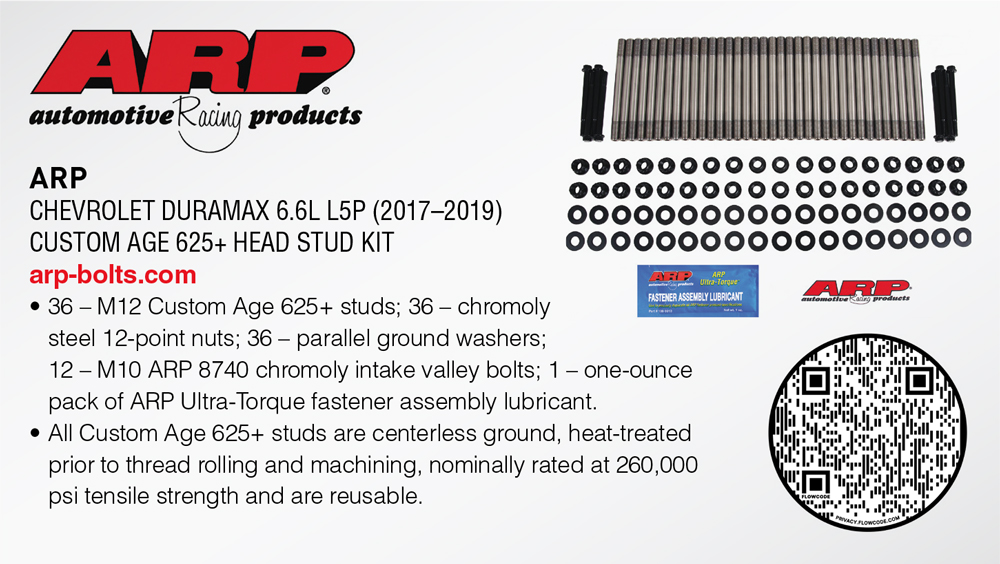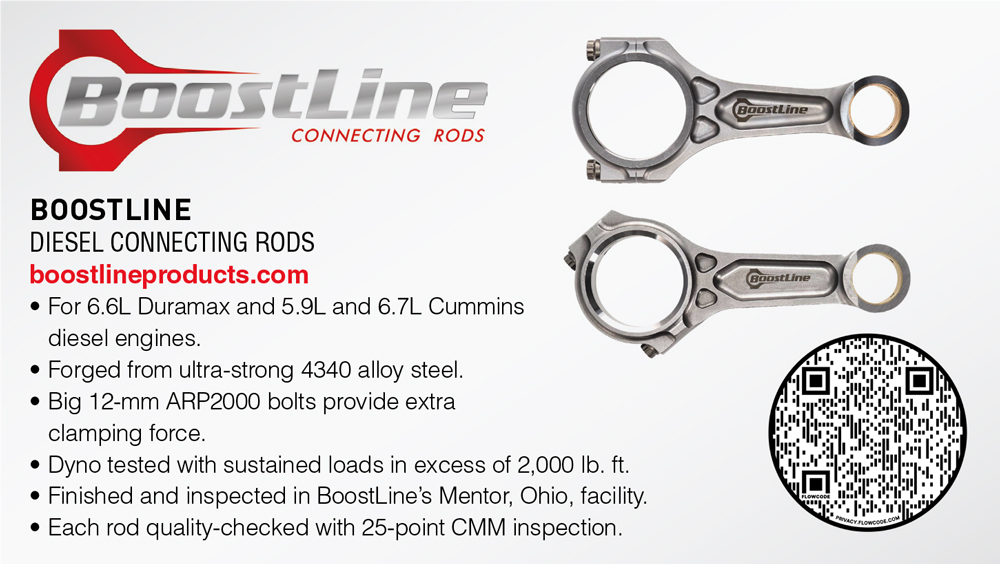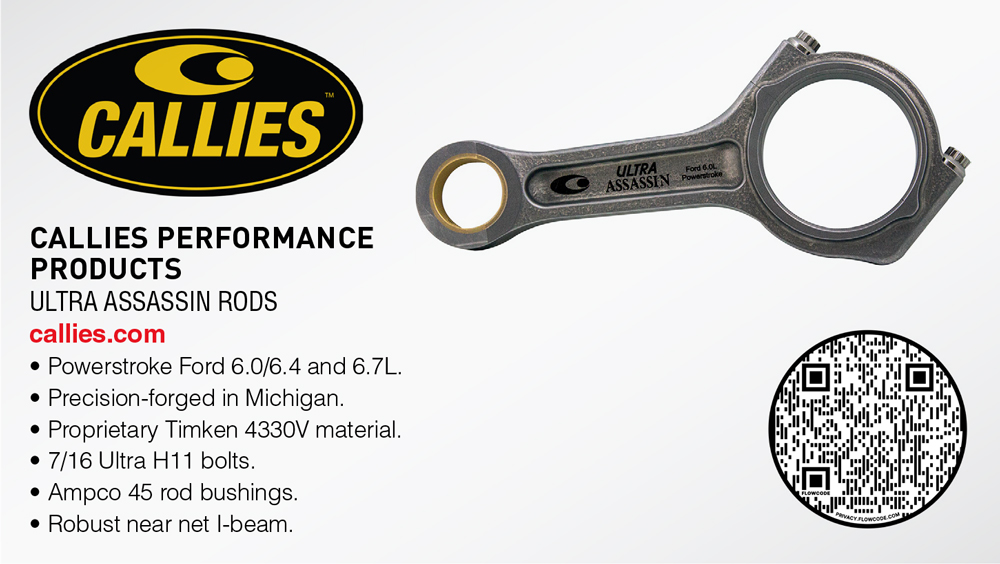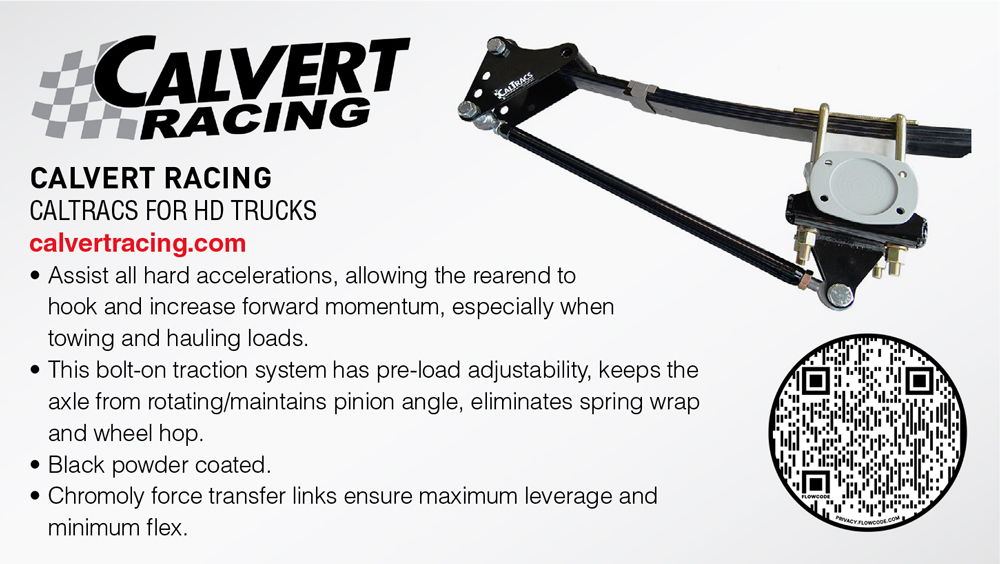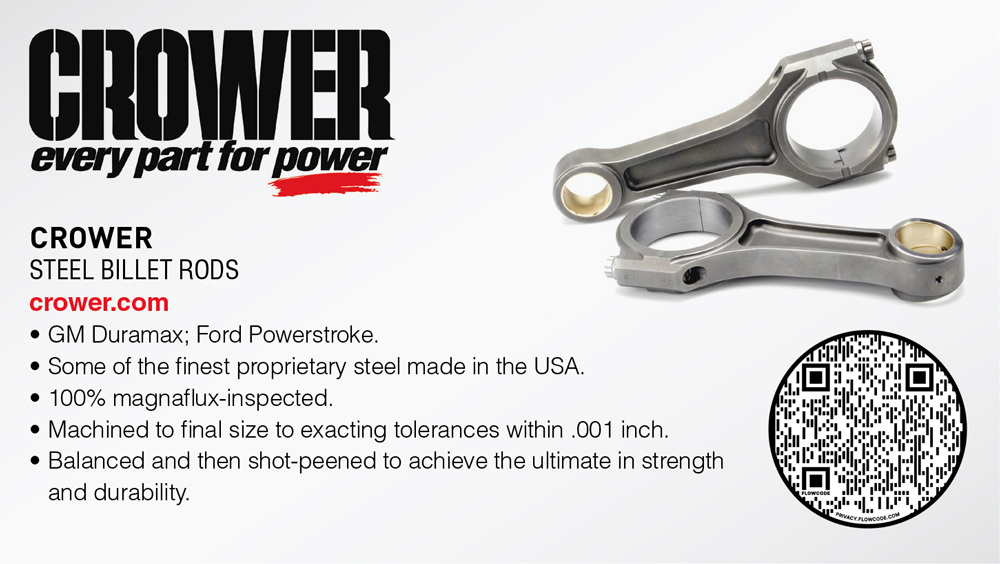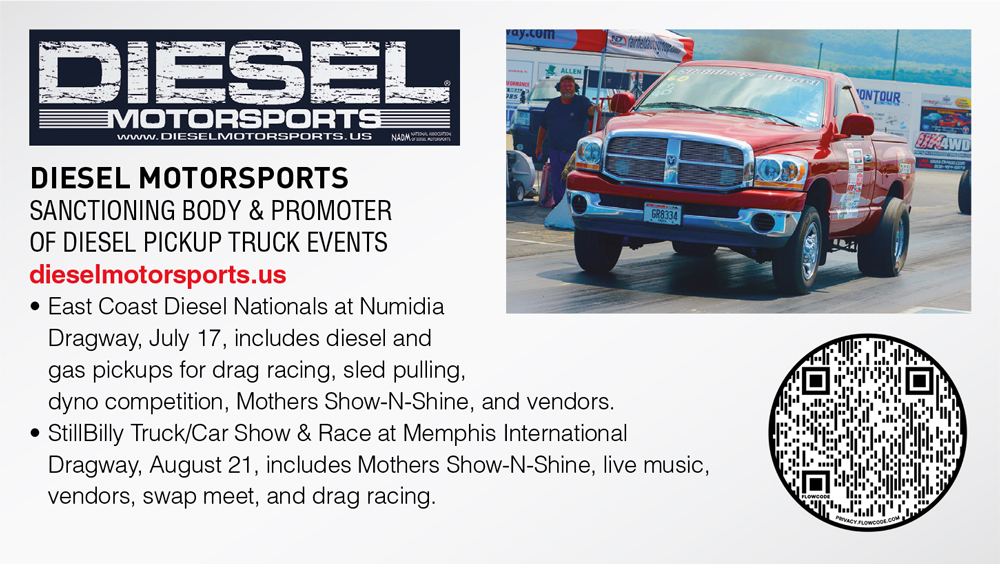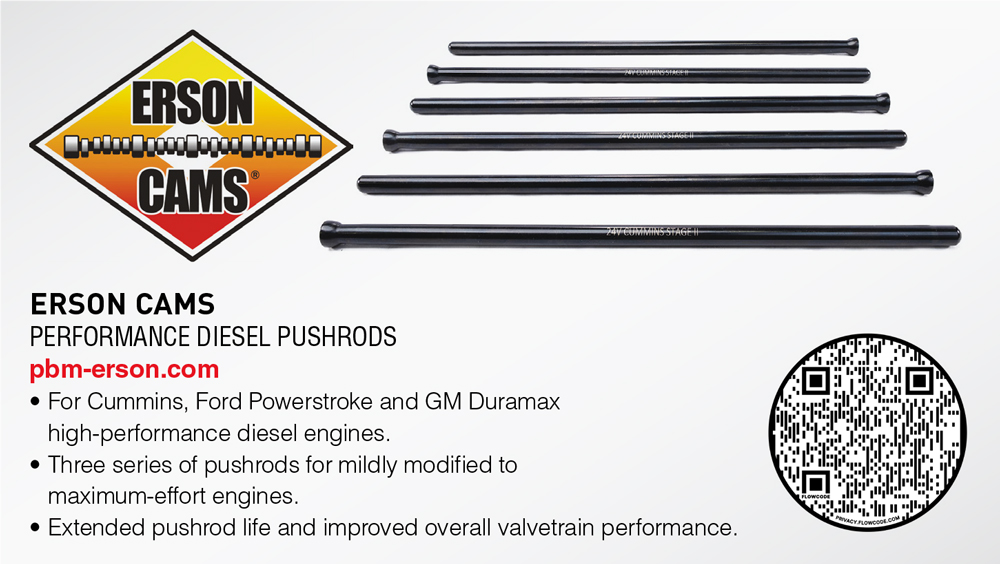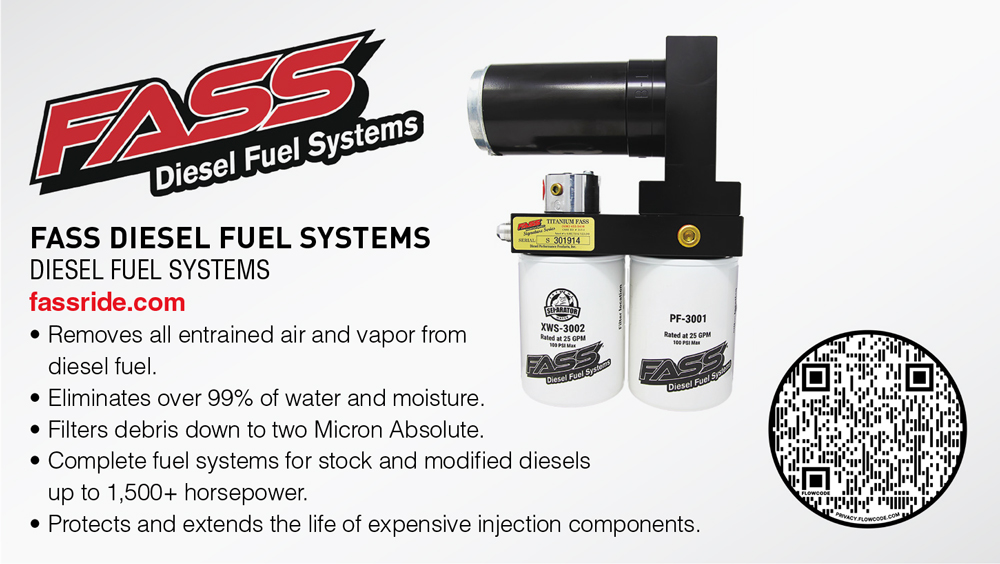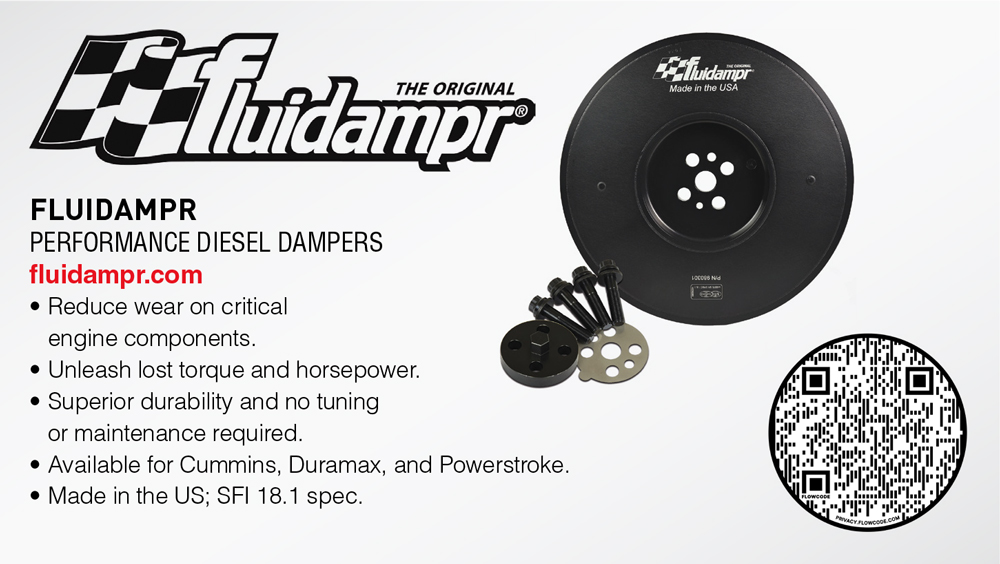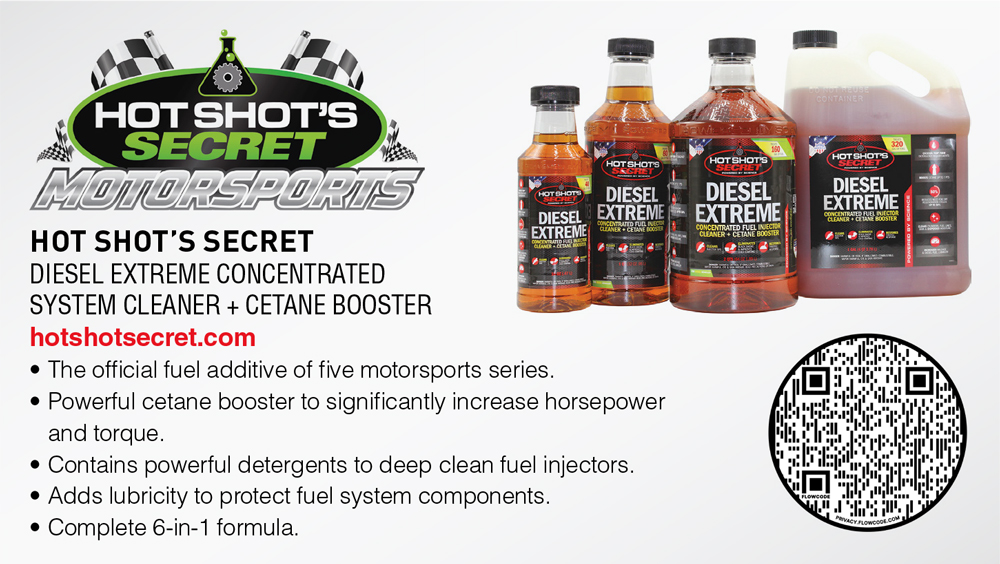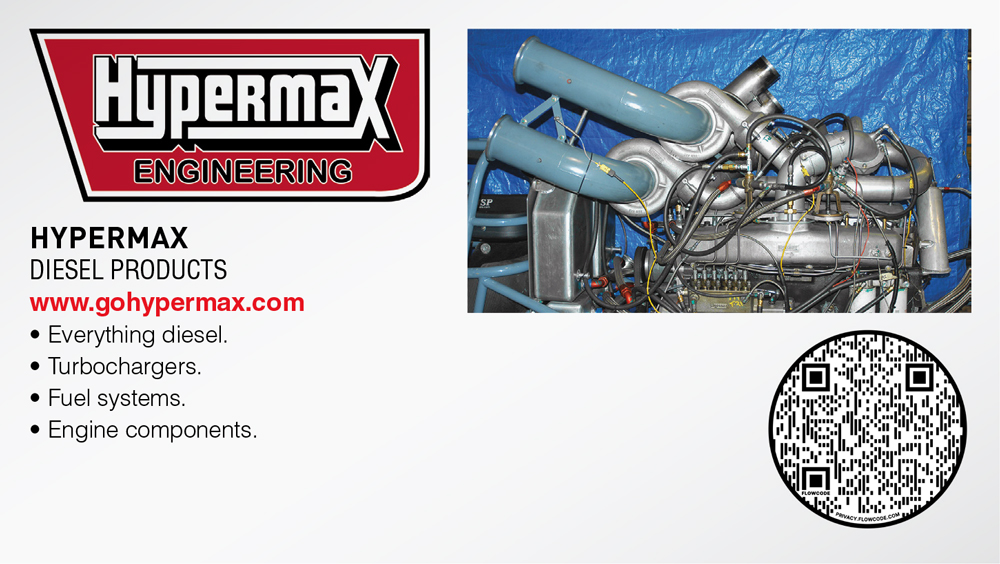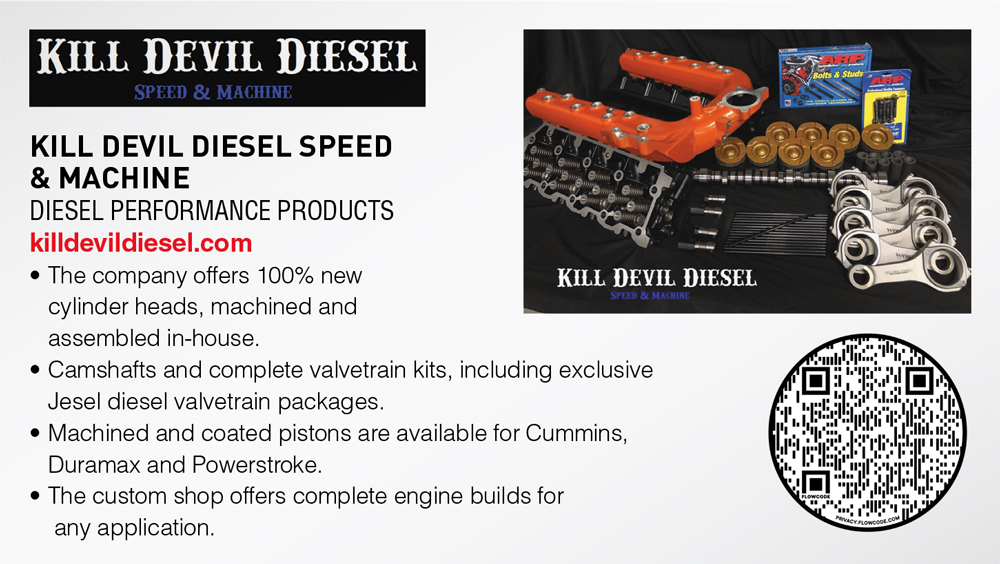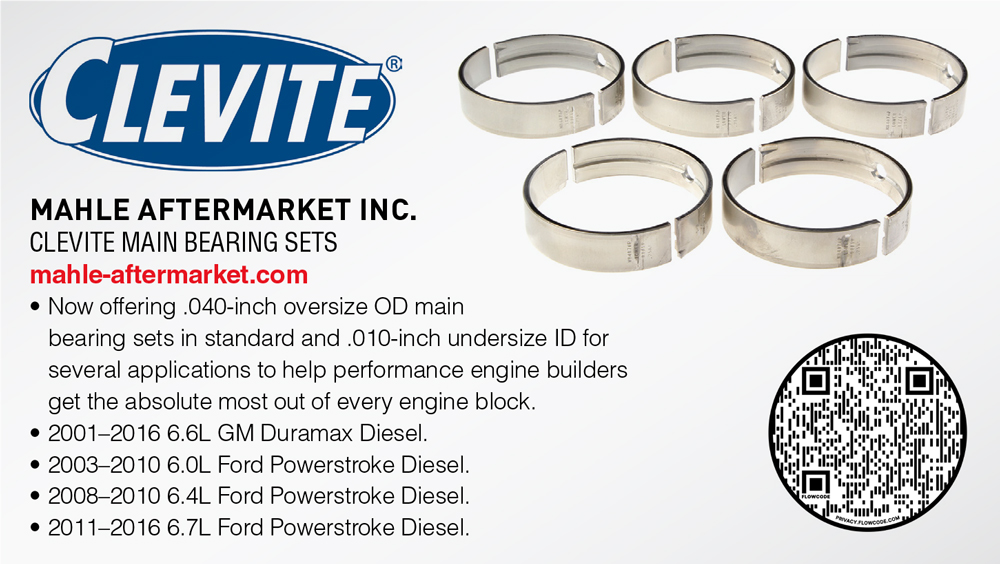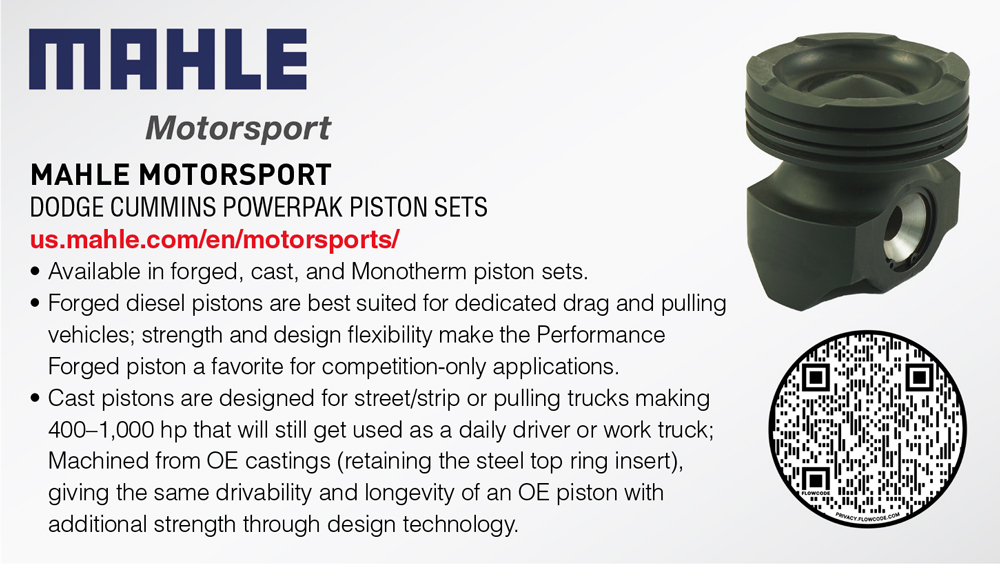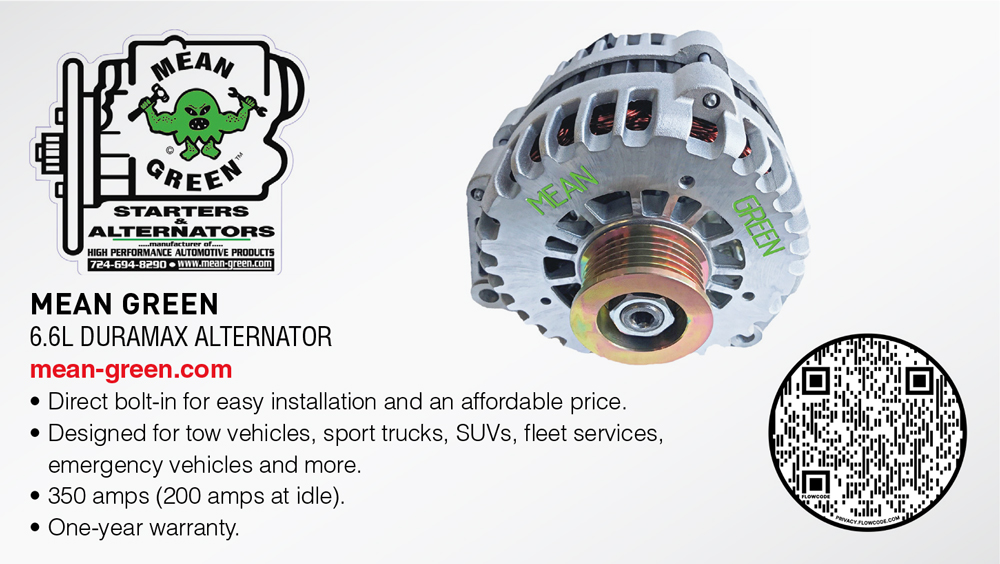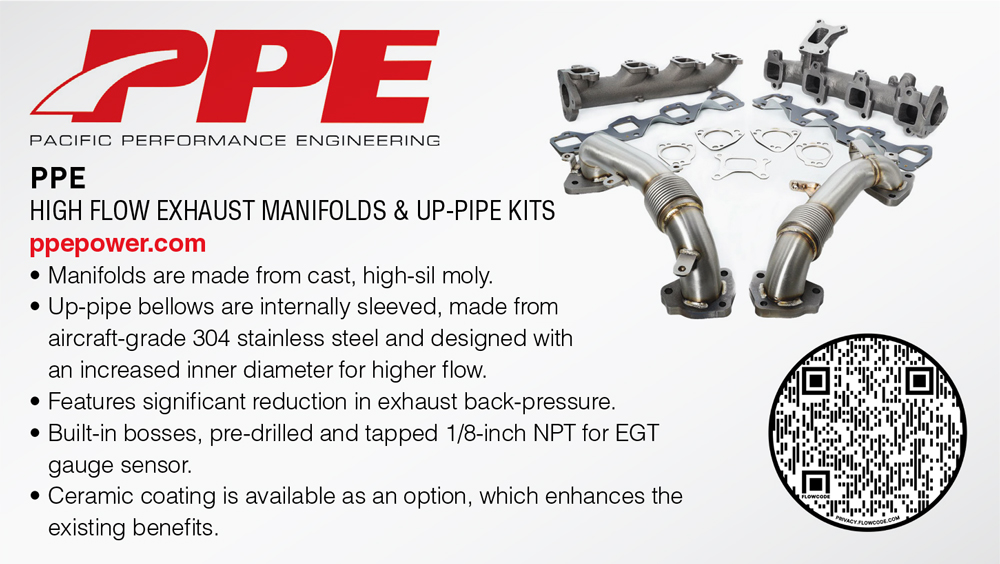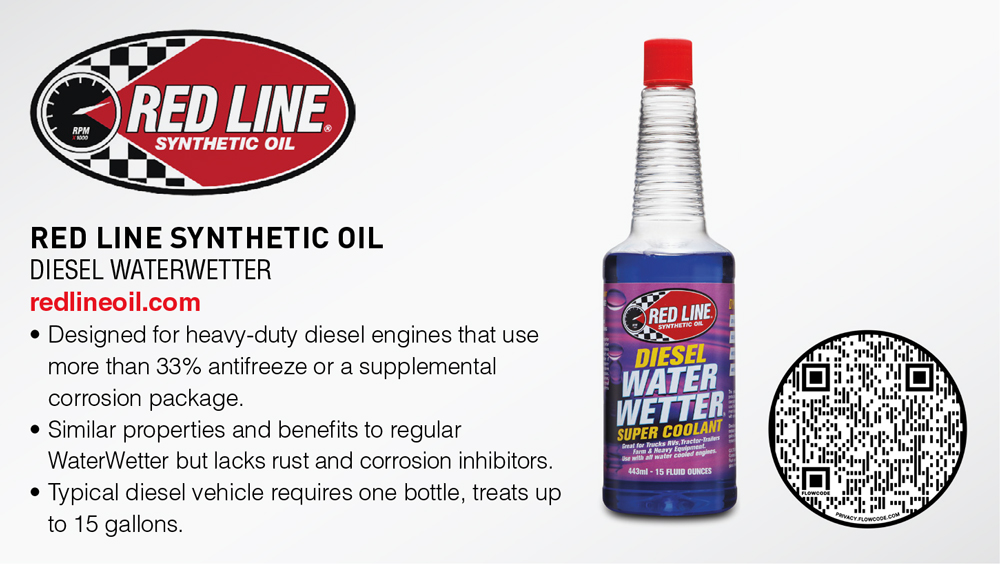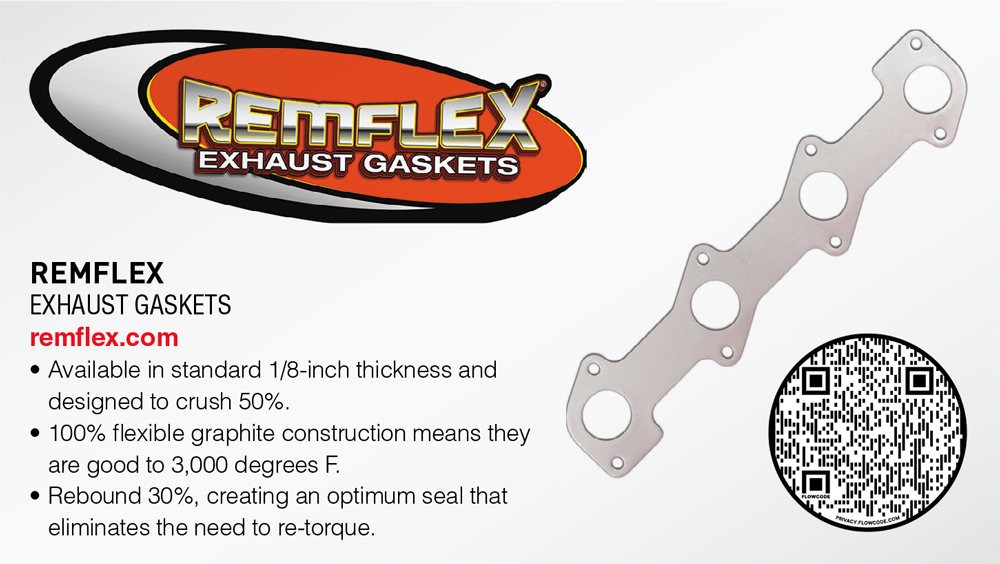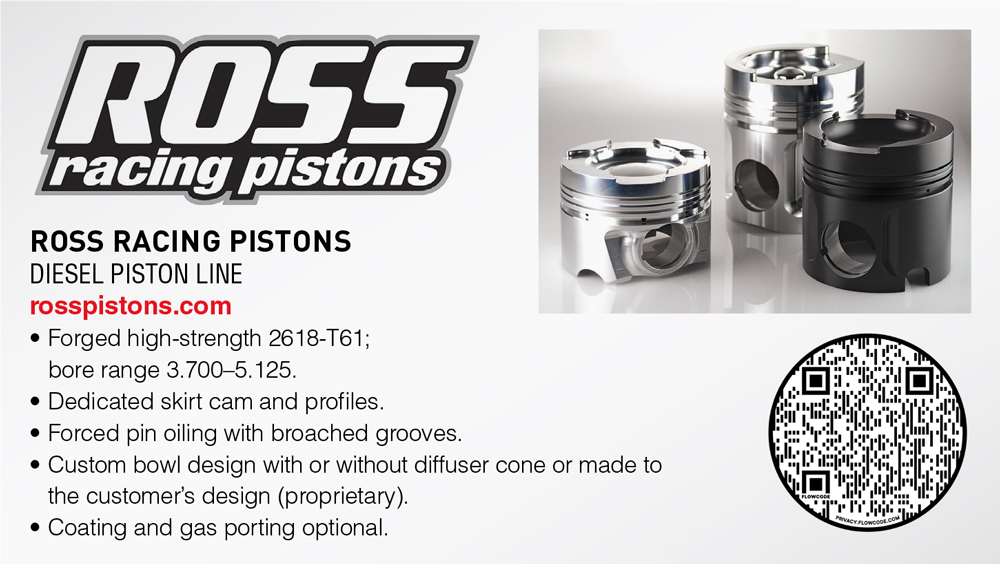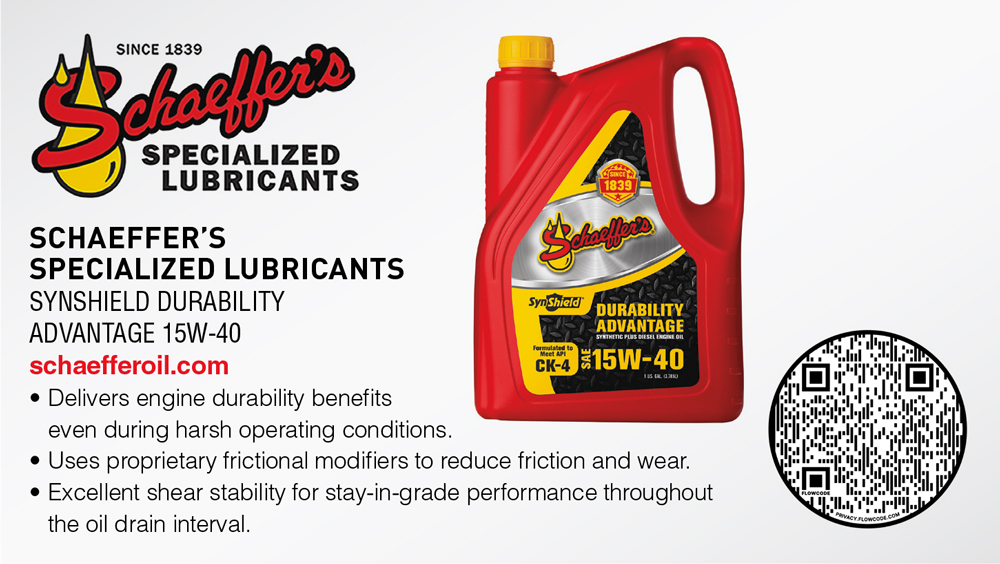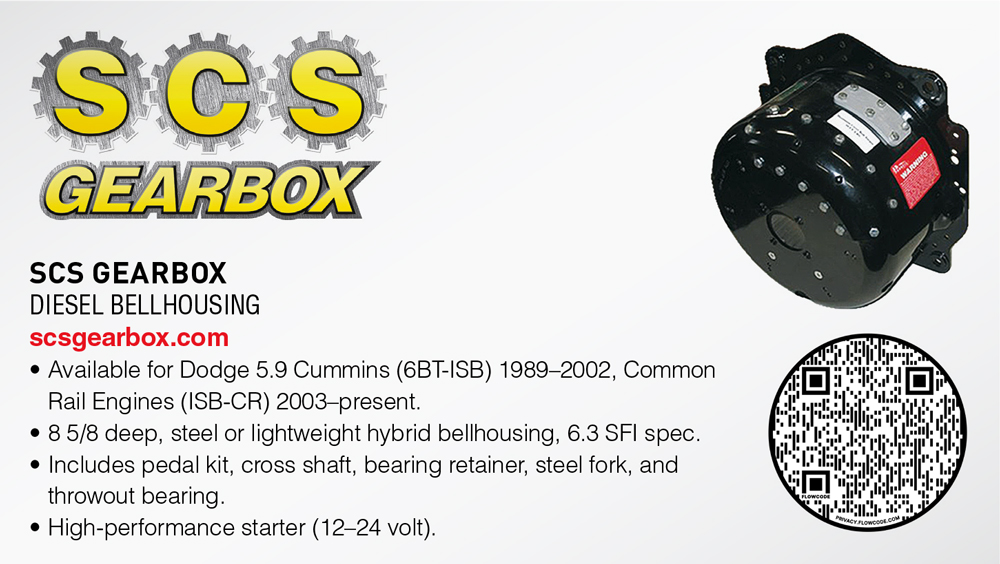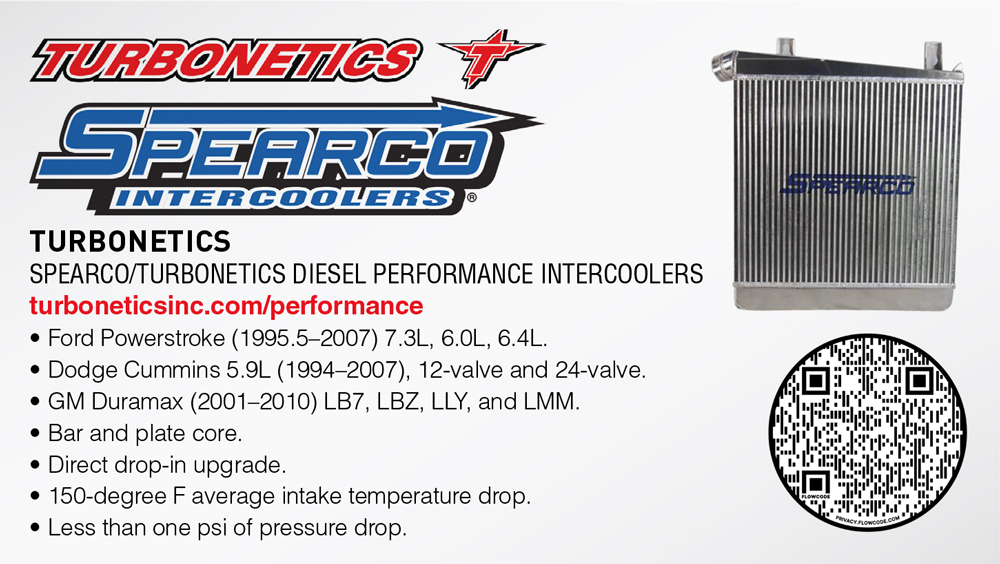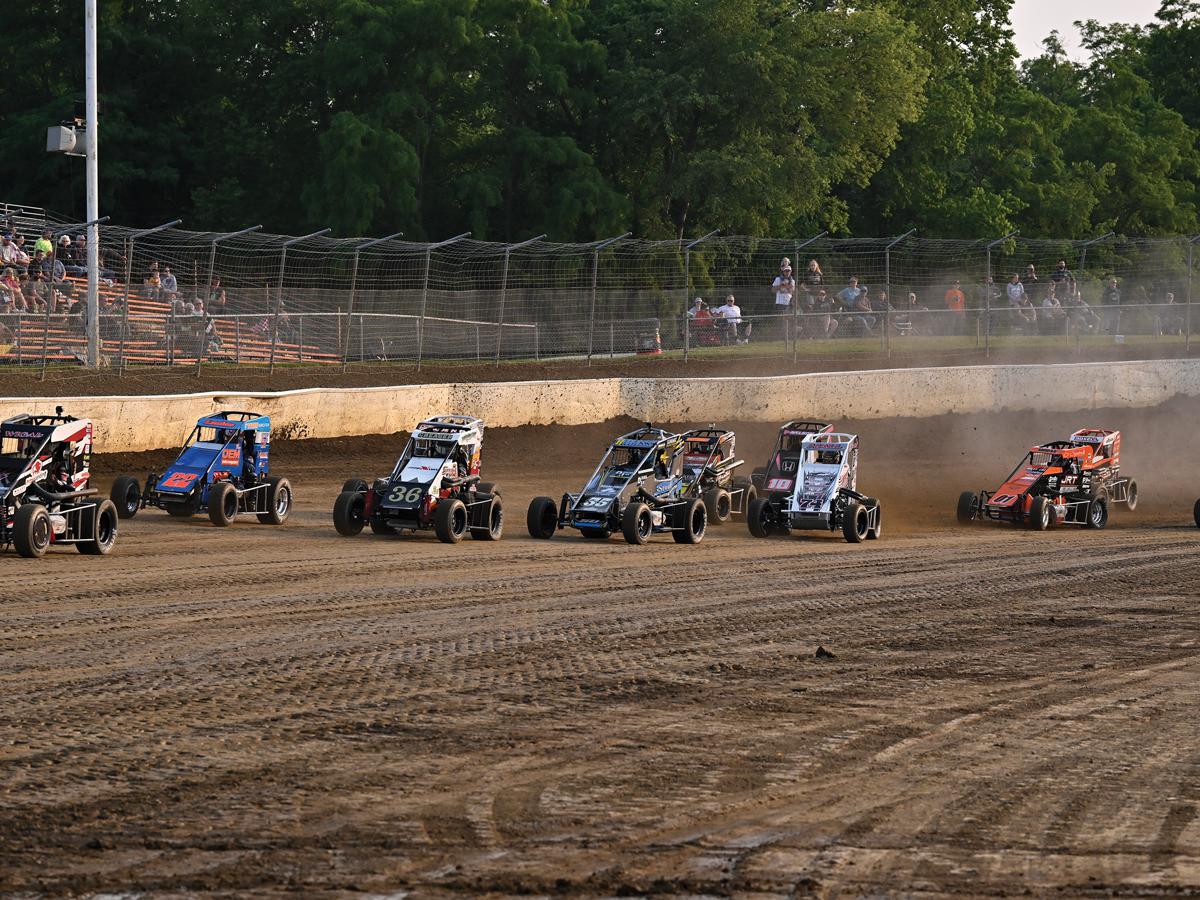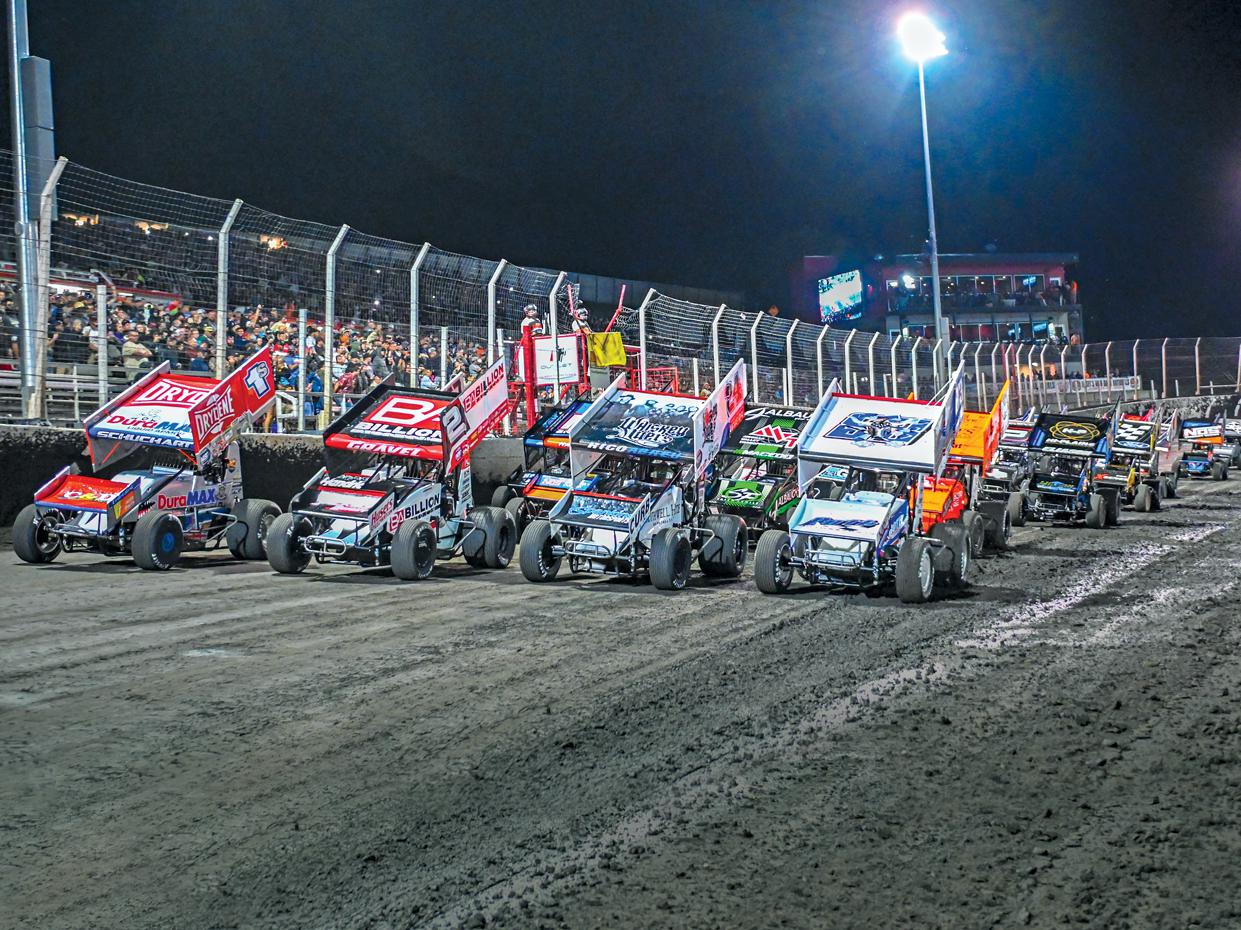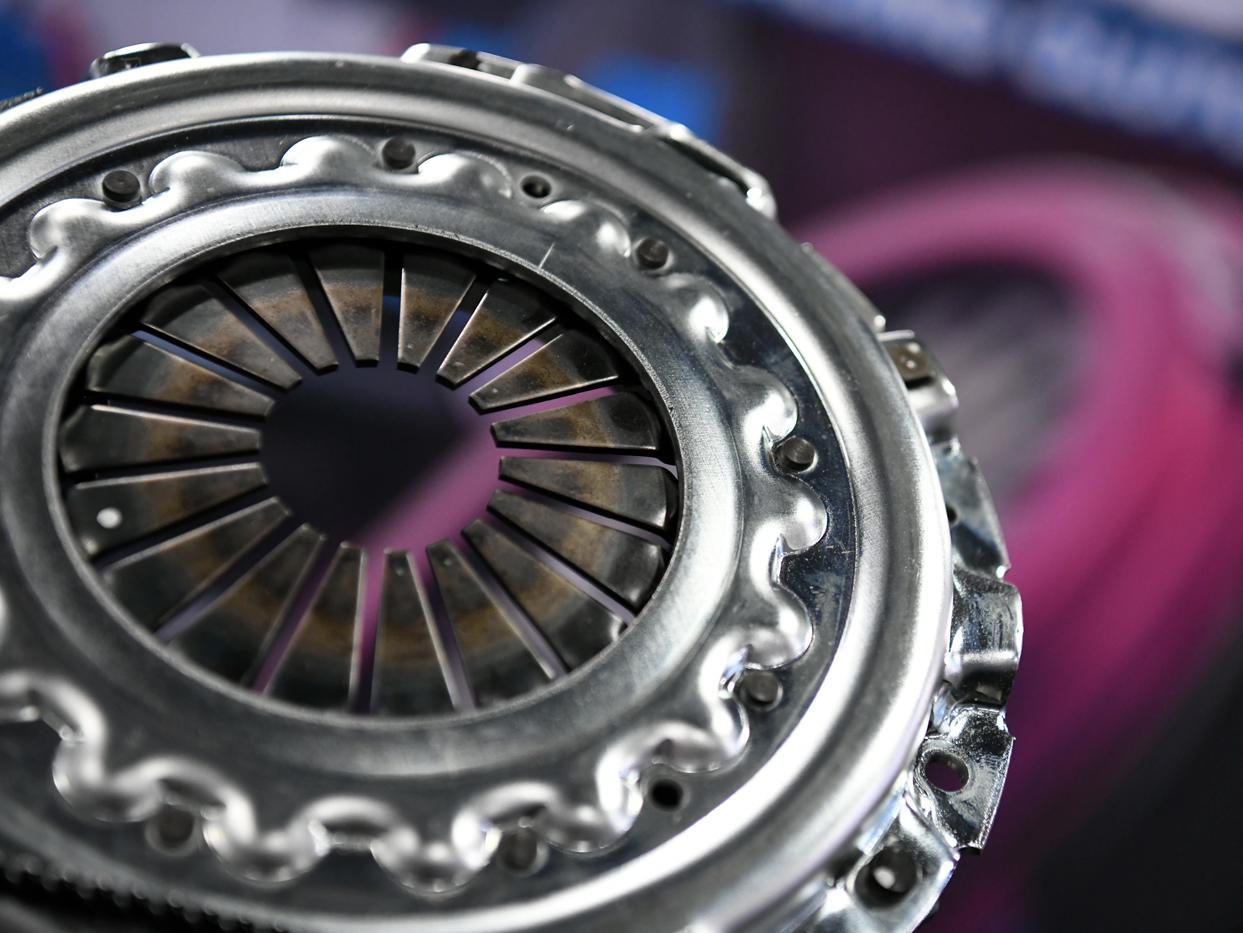Alive & Growing
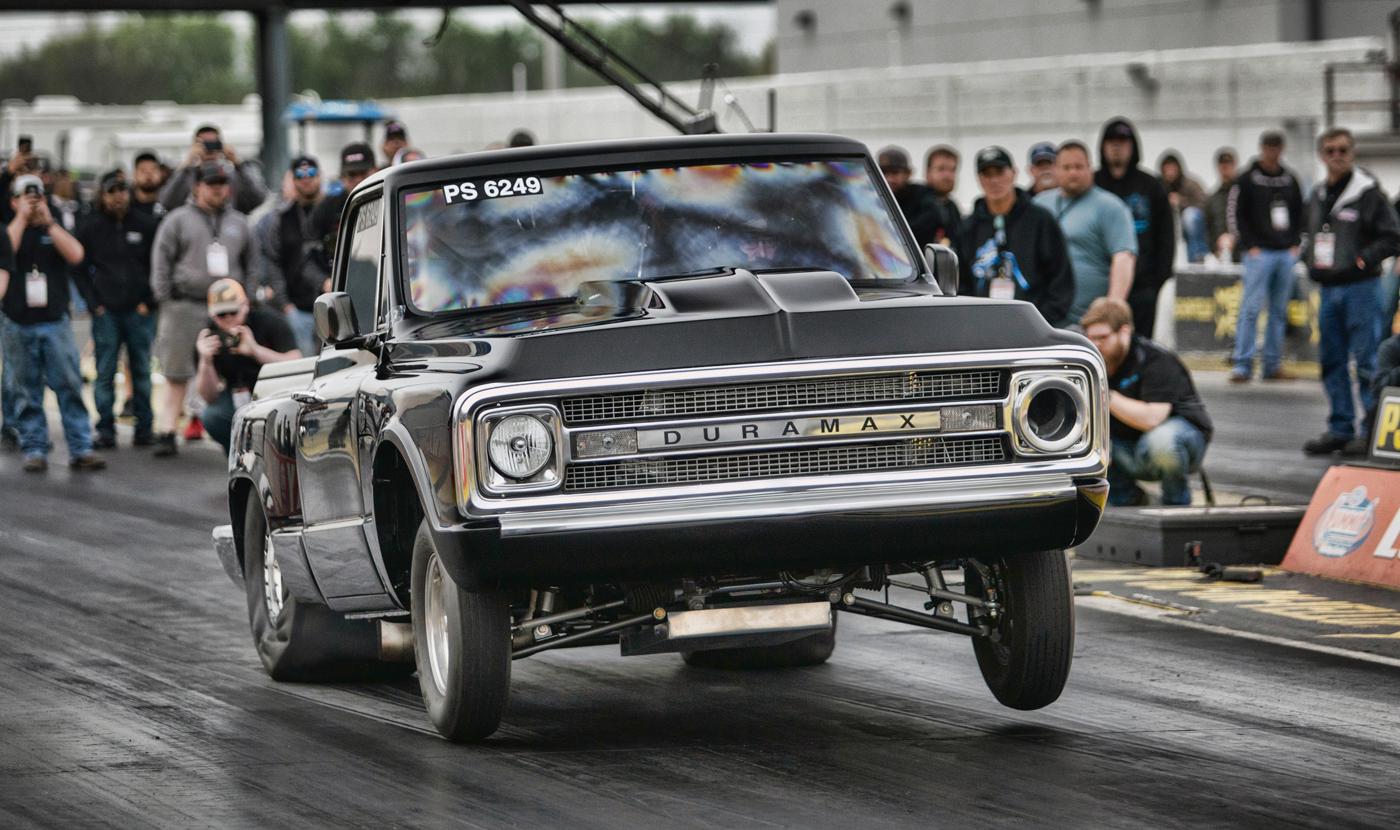
Photo courtesy of Ultimate Callout Challenge
With participation—and power numbers—rising and ETs falling, diesel is one of the hottest forms of motorsports today.
“Is diesel racing dead?” That was the subject of a recent Diesel Performance podcast, which pitched that very loaded question at Gregg Jolley of the Outlaw Diesel Super Series (ODSS) in Terre Haute, Indiana. ODSS is one of the most popular diesel drag racing organizations in the country, with six events planned for 2021 spanning a swath of territory from the Midwest to the Southeast.
“In my opinion, it’s very much alive and growing at a very rapid pace,” Jolley told PRI, pointing to participant growth that has “almost tripled in size in the past three years.” Even during a pandemic-hampered 2020, “the events we were allowed to have had record attendance numbers. Everyone was ready to get out of the house. I think we’re going to experience the same sort of thing this year.”
Growth isn’t occurring just in diesel drag racing, either. Greg Lussetto of the Heartland Pulling Series in Bridgeport, Nebraska, said truck and tractor pulling has traditionally “been centered in this little corridor region of Ohio, Illinois, and Iowa. But all of a sudden, things are going on in the East Coast. And pulling has popped up in Montana and Wyoming. There’s an organization that’s trying to get rolling in the Arizona/New Mexico area, and Texas has had a ton of growth.”
Another way to measure diesel racing’s vitality: According to Chris Searle of the Ultimate Callout Challenge (UCC) in Idaho Falls, Idaho, “Five years ago, the biggest thing was to run the quarter-mile in the 9s. In 2016 we had only one or two trucks running that fast. A year later, over two-thirds of them were doing 9s.” And a year after that, the UCC switched the drag racing portion of its event from quarter-mile to eighth-mile “because the trucks were going so fast.”
Earlier this year, Firepunk Diesel’s Larson Miller became the first diesel racer to make an eighth-mile pass in the 3s at the Lights Out 12 event in Georgia. Searle called this progress “a great thing for the sport,” and has made diesel drag racing “extremely popular.”
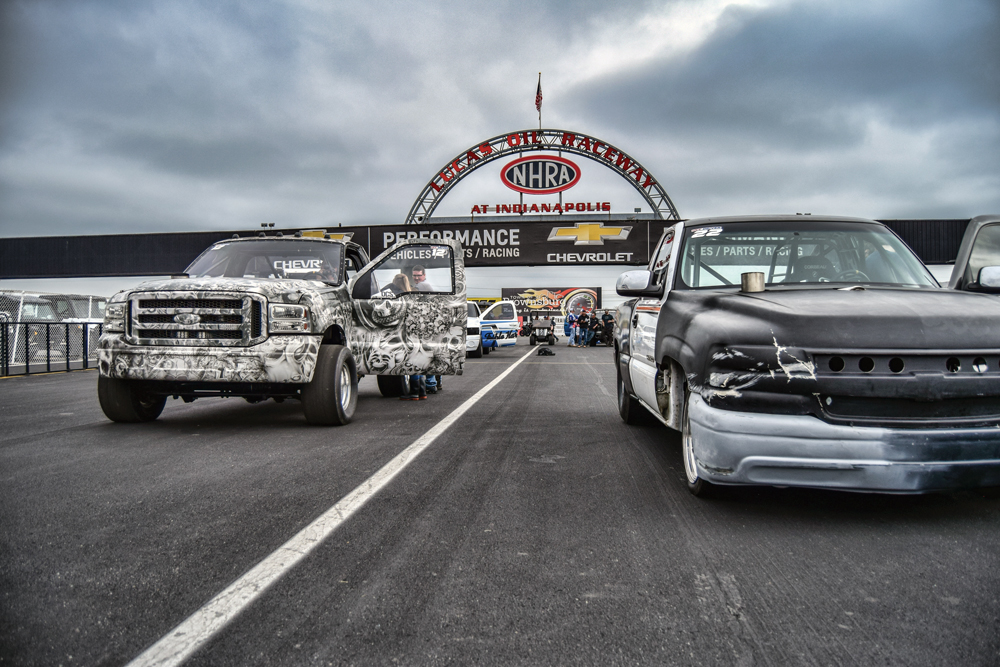
So popular, in fact, that the UCC team has partnered with Hot Shot’s Secret to start the brand-new Hole Shot Diesel Series, which will hold events in Western states. “We used to have racing out West until the NHRDA (National Hot Rod Diesel Association) went under two or three years ago,” Searle said. The classes and rules for the Hole Shot series will be like those at ODSS events, which was done by design. “We told Gregg we wanted to adapt your rules so they become nationwide rules,” in the hope that the two series, in the not-too-distant future, could jointly hold an East versus West finals.
As part of its inaugural season, the Hole Shot series will run one of its events at the Texas Truck Jam, which takes place at the Texas Motorplex in August. The Texas Truck Jam has been growing steadily since it started four years ago, but co-founders Joshua Cole and Cory Sorrells are hoping their involvement with the Hole Shot series will take the event to another level. They’ve expanded the Jam from one to two days to accommodate the expected activity, and are planning for thousands to come through the gate.
“Our whole goal with this is to have a playground for anyone who wants to be competitive,” said Sorrells. “You can throw your truck in the show-and-shine, put it on the dyno, race it on the track, do whatever you want.”
Playground Atmosphere
That multi-event “playground” atmosphere is popular in diesel racing. It’s common to combine drag racing, truck and tractor pulling, dyno competition, and a truck show at one event. At the East Coast Diesel Nationals, held at the Numidia Dragway in Numidia, Pennsylvania, the drag strip and pulling track are “right next to each other and are run at the same time,” said Ron Knoch of the National Association of Diesel Motorsports, Kansas City, Missouri. “People can watch both. If there’s a lull during the drag racing, they can watch sled pulling.”
Likewise, the Scheid Diesel Extravaganza, which this year celebrates its 25th anniversary, is held at Wagler Motorsports Park in Lyons, Indiana, where “the drag strip and pull track are within 500 feet of each other,” said Scheid’s Jared Jones. “As you’re watching drag racing you can look behind you and see a truck pull down the track at the same time.”
The Ultimate Callout Challenge is based on that multi-discipline format, but with a twist. “Our idea was to create an event, with a drag race, sled pull, and dyno, all at the same location, to see who is truly the best,” said Searle. “Ours is different from most drag series. It requires one truck that is built to go fast, put down big dyno numbers, but then also pull a sled. Building a fast truck that can also sled pull creates a unique challenge. You have to keep weight on it for the sled pull and lose it for drag racing.”
Participation in the UCC is limited to 30 trucks by invitation only. That’s done to make sure all the competitors have the time they need to tune for the various events, “but it’s also a feather in your cap to say you competed in the UCC,” Searle said.
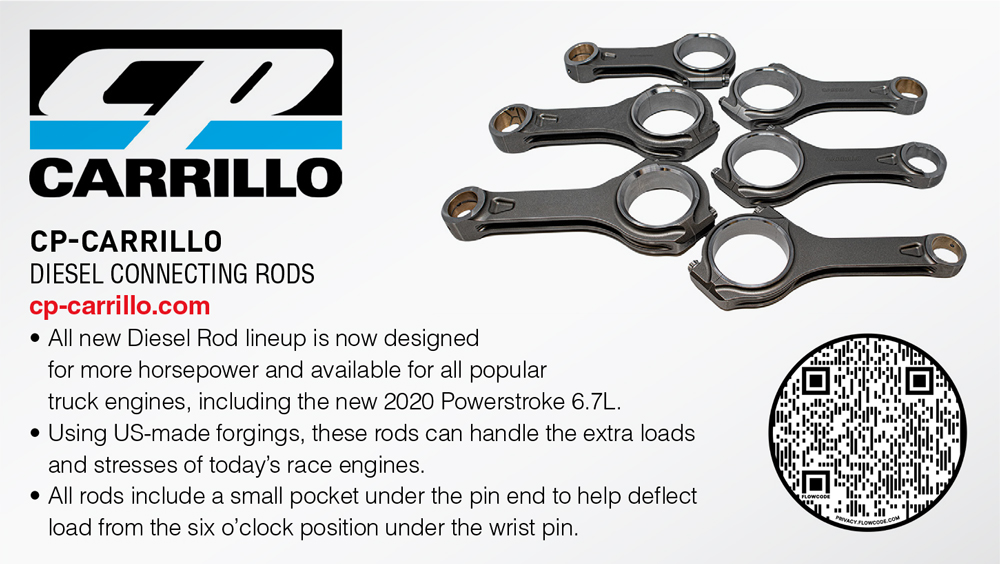
Entry-Level Growth
While high-profile events like the UCC and ultra-quick ETs grab attention and social media eyeballs, most of the event promoters we spoke to said the sport’s expansion is coming at the other end of the diesel spectrum.
“The most growth we’re seeing is in the stock trucks, just because of expense,” said Knoch. “The top classes are going to be the Hot Street classes. These guys drive their trucks to the track. They may change tires, or not, make a few tuning adjustments, compete, then turn it back down, put the regular tires back on and drive home.”
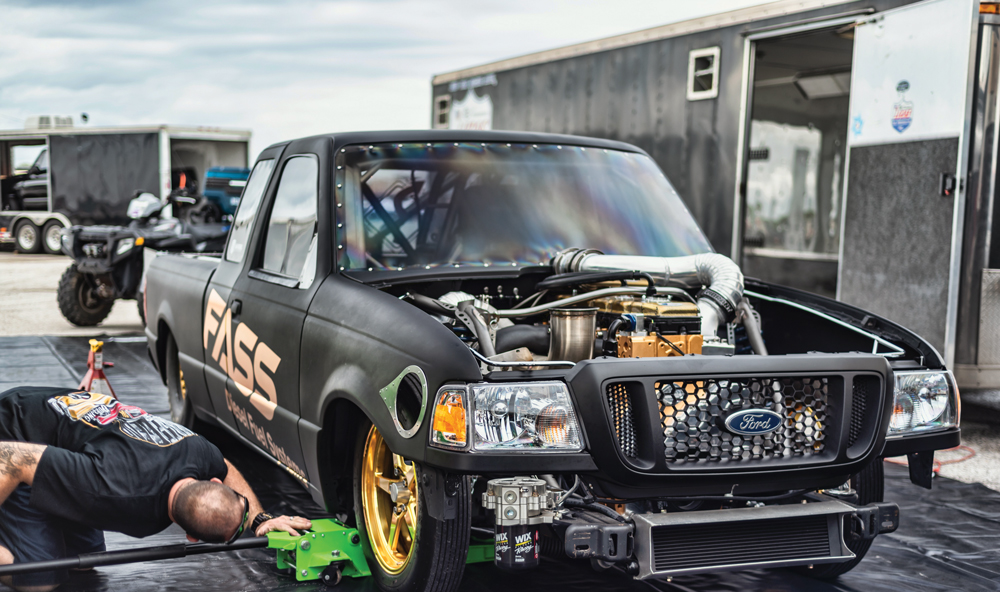
“Our biggest classes by far are the ET and 7.70 index classes,” said Jolley. “Those are your street-driven pickup guys, the weekend warriors who want to show off what their truck can do. At Rudy’s Fall Truck Jam in North Carolina, we’ll have 120 trucks in those two classes alone. That’s a huge chunk of our market.”
“Those ain’t slouches,” said Jones of the 7.70 and 6.70 index classes. “You need 600 to 700 horses to run a 7.70, and around 1,000 to 1,100 horses to run a 6.70. And those are some beefy trucks, packing 6,000, 7,000 pounds and getting those numbers.”
To Jones, the 5.90 class is “gaining the most popularity. These are 1,400- to 1,500-horsepower pickup trucks running consistent 5.90s. It’s a really tight bracket class and still a budget-friendly class. With the Ford, Chevy, and Dodge engines you can get 1,400 or 1,500 horsepower relatively easily. It’s still an iron block, iron head, not a lot of billet stuff. It’s mostly fuel and air to get to that point.”
As popular as the index and bracket classes are, heads-up and no-prep-style racing are growing in the diesel racing world. “I don’t foresee the index classes going away, but we are going to do away with our Pro Street class this year and add what is essentially an Outlaw, run-what-you-brung style class, like a big-tire class at a no-prep race,” said Sorrells.
“I took Nathan Wheeler’s Crazy Horse truck out to an airport race hosted by Flying Diesel,” said Cole, “and there were 17 people in the run-what-you-brung class. That’s a huge turnout for a class like that. I’m going to one this weekend in San Antonio. Every couple weeks there’s a race like that down here. It’s become a huge thing.”
Cole and Sorrells are adding a no-prep race to the Texas Truck Jam “on Friday night before the main event on Saturday. It would be a top-end, street-style race on the back half of the track,” racing from the end of the quarter-mile “to the sand trap. The Texas Motorplex track is 6 feet shy of 1 mile, so you have all the room in the world up there.” By doing the no-prep racing at the far end of the track, the other end “will still have the good, solid prep that Texas Motorplex is known for.”
Diesel trucks are doing so well at these kinds of races that “all kinds of rules are starting to be made to ban four-wheel drive,” said Jones. “But if you want your no-prep series to grow, you need to let these diesel pickups in. Make a class for them or adjust the rules accordingly. We need to involve everyone to keep the sport alive.”
Some promoters won’t allow the trucks to race heads-up or no-prep due to concerns about controlling a vehicle at high speeds that’s as tall and heavy as a 4WD diesel. But “all those trucks running no-prep are still certified to run 8.50s in the quarter, following the rules made by NHRA,” Jones said. “These are NHRA-legal drag trucks with SFI-approved cages. They’re just as legal as the car beside them for their weight.”
600-pound Gorilla
But safety isn’t diesel racing’s only pressure point. Concerns over the US Environmental Protection Agency (EPA) prosecuting competitors and their tuning shops is “the 600-pound gorilla in the room nobody wants to talk about,” said Lussetto.
Generally speaking, most industry members and enthusiasts are aware that not every vehicle, once modified, can be driven on the road. But our reporting indicates EPA enforcement is having a negative effect, with the availability of fewer legitimate options for performance and the specter of that 600-pound gorilla [the government] hanging over stakeholders and impacting this segment of American motorsports.
“People are worried about EPA crackdowns, what’s going to be allowed and what’s not,” Jolley confirmed.
One example is Smoke & Speed’s King of the Street Challenge, which in prior years had welcomed competitors converting daily, work, and road trucks. These days, however, it is now open only to emissions-compliant vehicles, said Sara Phillips-Chapman. “We’ve done that to help boost the industry and drive competition forward instead of it disappearing, as has happened in these past few years,” she explained.
Although concerns about the EPA “haven’t affected our event yet,” Jones told us, Scheid Diesel is one of many performance diesel companies that has been “pushing the RPM Act pretty hard.” (The SEMA-sponsored Recognizing the Protection of Motorsports Act, which was reintroduced in the House of Representatives in mid-May, would protect the right to convert street vehicles into dedicated race vehicles and protect those in the motorsports industry that sell competition products for those vehicles.) Scheid is encouraging others to do the same. “The more people we get on board,” he said, “the stronger we’re going to be.”
‘Weird Animal’
Though the two motorsports have a lot in common, truck and tractor pulling “will never be a mainstream sport like drag racing,” said Lussetto. “It’s a weird animal, kind of a niche. We get marginalized, like we’re a bunch of hillbillies, even though there is amazing technology in pulling.”
As an example, Lussetto cited the father-and-son team of Jody and Colin Ross, whose pulling tractor “runs four turbos in three stages. They’re running anywhere from 200 to 300 pounds of manifold pressure, and I heard a behind-the-scenes rumor from a legitimate source they dynoed that motor at 4,600 horsepower. That’s out-producing a blown alcohol Hemi, on diesel.”
To Lussetto, events like the UCC that feature both drag racing and pulling are “a very good thing. It’s exposure to people who wouldn’t necessarily see pulling.”
Also working hard to broaden pulling’s visibility is Jason Schultz of Richland Center, Wisconsin, who said his Beer Money Pulling Team “has about a million followers” on social media. And that doesn’t include the audience for the podcasts he produces twice a week. Because there “aren’t as many kids growing up on farms now, I felt like we need to get this out to social media.”
Schultz races a tractor called The Remedy, with Case IH sheet metal and a stroked and turbocharged International diesel that produces around 2,500 horsepower. But tractors aren’t where the sport is growing, he said.
“Diesel trucks are the biggest area of growth for sled pulling. Not every kid has a (International Harvester) 1066 or a (John Deere) 4020 on the farm anymore, but every kid has a Dodge Ram truck with a stack coming out the hood, driving around town and smoking everybody out at the stoplights.”
Gregg Randall of the National Tractor Pullers Association in Columbus, Ohio, has seen “demand widen” at NTPA events “for the single-turbo class we call Pro Stock Diesel Truck. It seems like it connects to the younger male demographic that goes out and buys a diesel truck, puts a chip in and plays on the street.” Even though the Pro Stock Diesel trucks aren’t trucks “you can compete in and drive on the street, there’s a connection there to that class. You’re watching something like your own truck on the pulling track. It’s relatable.”
It’s the diesel truck classes that are drawing “first generation” participants to pulling, Randall said. “They are guys probably in their 30s, or they’re sons of dads who are getting them started. It’s been a breath of fresh air, getting some new folks in.”
One of the “biggest changes” Randall has seen is the expansion of truck and tractor pulling into circle-track venues. “They’re bringing in something special outside of the normal local drivers competing twice a month. Whether it’s a truck and tractor pull, monster truck show, demolition derby, or something else, it’s drawing fans that have never been to that track.” That brings front-gate revenue to the track to supplement the back-gate revenue typically generated by the participants.
Come Together
Several of our sources told us cooperation among diesel series promoters, racing participants, and members of the diesel performance industry is key to diesel racing’s growth. Lussetto, for example, noted that truck and tractor pulling “is fractured in all different parts of the country” because each regional association sets its own rules. “We need a national presence, like an NHRA, to set up safety standards and class rules we all can follow. Commonality of rules is king.”
On the drag racing side, cooperation between the ODSS and the new Hole Shot Diesel Series has that kind of commonality in its sights. Yet this level of cooperation among diesel drag racing promoters is relatively new, said Searle. “We’re really seeing the diesel industry come together to take it to the next level, really advance it so it’s on the same tier as gas drag racing.”
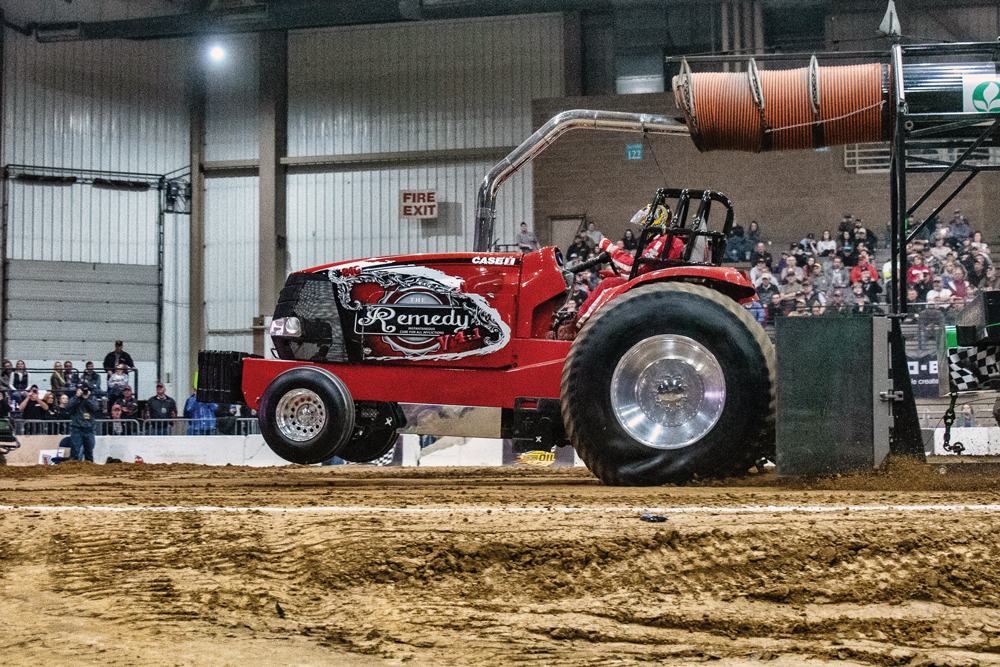
In the past, “the diesel industry was really divided in a lot of ways,” he continued. “If one manufacturer was sponsoring an event, there were contracts where nobody even remotely close to [a competing manufacturer] could come to that event. It really created discord and made it hard for the industry to grow. Now we’re trying to bring the industry together a little more.”
The ODSS, for example, is made up of three performance diesel companies, Scheid Diesel, TS Performance, and Rudy’s Performance Parts, “that are direct competitors in the business world, but they have come together to improve the sport. For a long time, it was very tough to get the diesel industry to understand that. The more you have, the more people that’ll come.”
SOURCES
–
ARP
arp-bolts.com
Beer Money Pulling Team
facebook.com/beermoneypullingteam/
BoostLine
boostlineproducts.com
Callies Performance Products
callies.com
Calvert Racing
calvertracing.com
CP-Carrillo
cp-carrillo.com
Crower
crower.com
Erson Cams
pbm-erson.com
FASS Diesel Fuel Systems
fassride.com
Fluidampr
fluidampr.com
Heartland Pulling Series
heartlandpulling.com
Hole Shot Diesel Series
holeshotdieselseries.com
Hot Shot’s Secret
hotshotsecret.com
Hypermax
gohypermax.com
Kill Devil Diesel Speed & Machine
killdevildiesel.com
MAHLE Aftermarket
mahle-aftermarket.com
MAHLE Motorsport
us.mahle.com/en/motorsports/
Mean Green
mean-green.com
National Association of Diesel Motorsports
dieselmotorsports.us
National Tractor Pullers Association
ntpapull.com
Outlaw Diesel Super Series
outlawdieselss.com
PPE
ppepower.com
Red Line Synthetic Oil
redlineoil.com
Remflex
remflex.com
Ross Racing Pistons
rosspistons.com
Schaeffer’s Specialized Lubricants
schaefferoil.com
SCS Gearbox
scsgearbox.com
Scheid Diesel Extravaganza
scheiddiesel.com/scheid-diesel-extravaganza
Smoke & Speed LLC
smokeandspeed.com
Texas Truck Jam
facebook.com/texastruckjam
Turbonetics
turboneticsinc.com
Ultimate Callout Challenge
ultimatecalloutchallenge.com
Wehrli Custom Fabrication
wcfab.com
 MEMBERSHIP LOGIN
MEMBERSHIP LOGIN JOIN PRI
JOIN PRI
